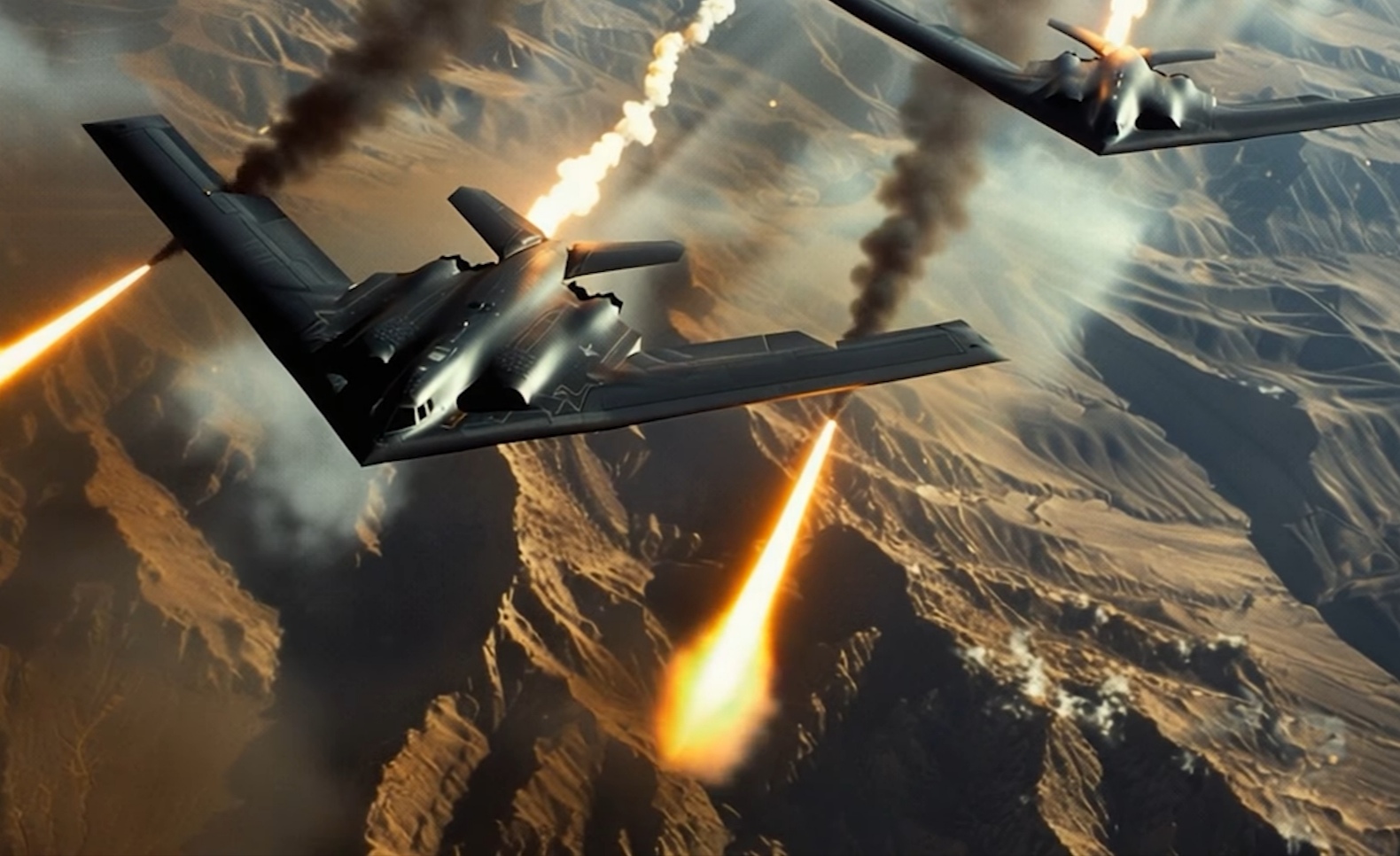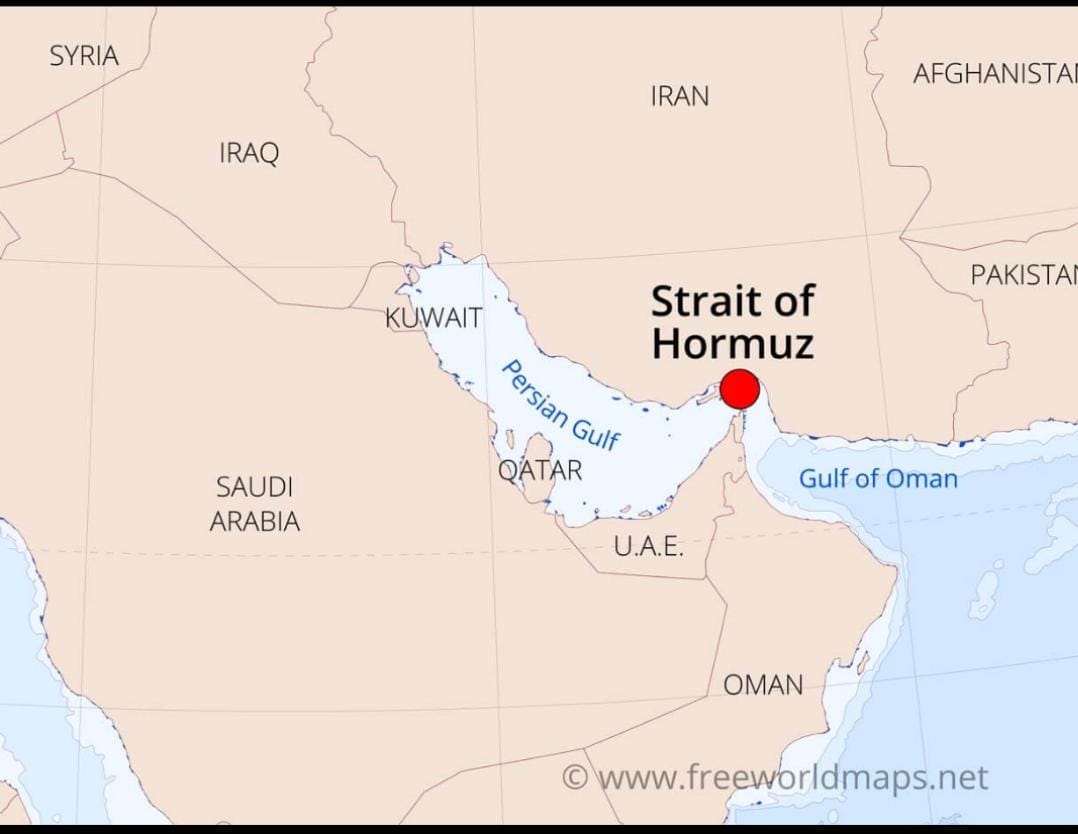 The United States has entered the conflict with Iran, launching targeted airstrikes on three of Iran’s key nuclear sites: Fordow (Kordo), Natanz, and Isfahan. The strikes were carried out by B-2 Spirit stealth bombers, launched from the U.S. military base at Diego Garcia in the Indian Ocean.
The United States has entered the conflict with Iran, launching targeted airstrikes on three of Iran’s key nuclear sites: Fordow (Kordo), Natanz, and Isfahan. The strikes were carried out by B-2 Spirit stealth bombers, launched from the U.S. military base at Diego Garcia in the Indian Ocean.
Each B-2 bomber — considered one of the most advanced and expensive aircraft in the world — costs around $2.1 billion, including development. Known for their stealth and precision, these aircraft deployed bunker-buster munitions to damage deeply buried facilities, which are believed to play a role in Iran’s nuclear program.
The U.S. government described the mission as a preventive action to deter nuclear escalation, while Iran has condemned the strikes, warning of possible retaliation. Though no official response has been carried out yet, military analysts suggest Iran could respond by targeting U.S. bases in the Gulf or through cyber and proxy operations.
There is also growing speculation that Iran may consider blocking the Strait of Hormuz — a critical waterway for global oil transport. However, as of now, no such move has been made. Any action there could severely disrupt energy markets, especially for countries like India, which rely heavily on oil imports through that route and have strategic investments in Iran’s Chabahar Port.
With no signs of diplomatic breakthrough, the situation remains tense and unpredictable.